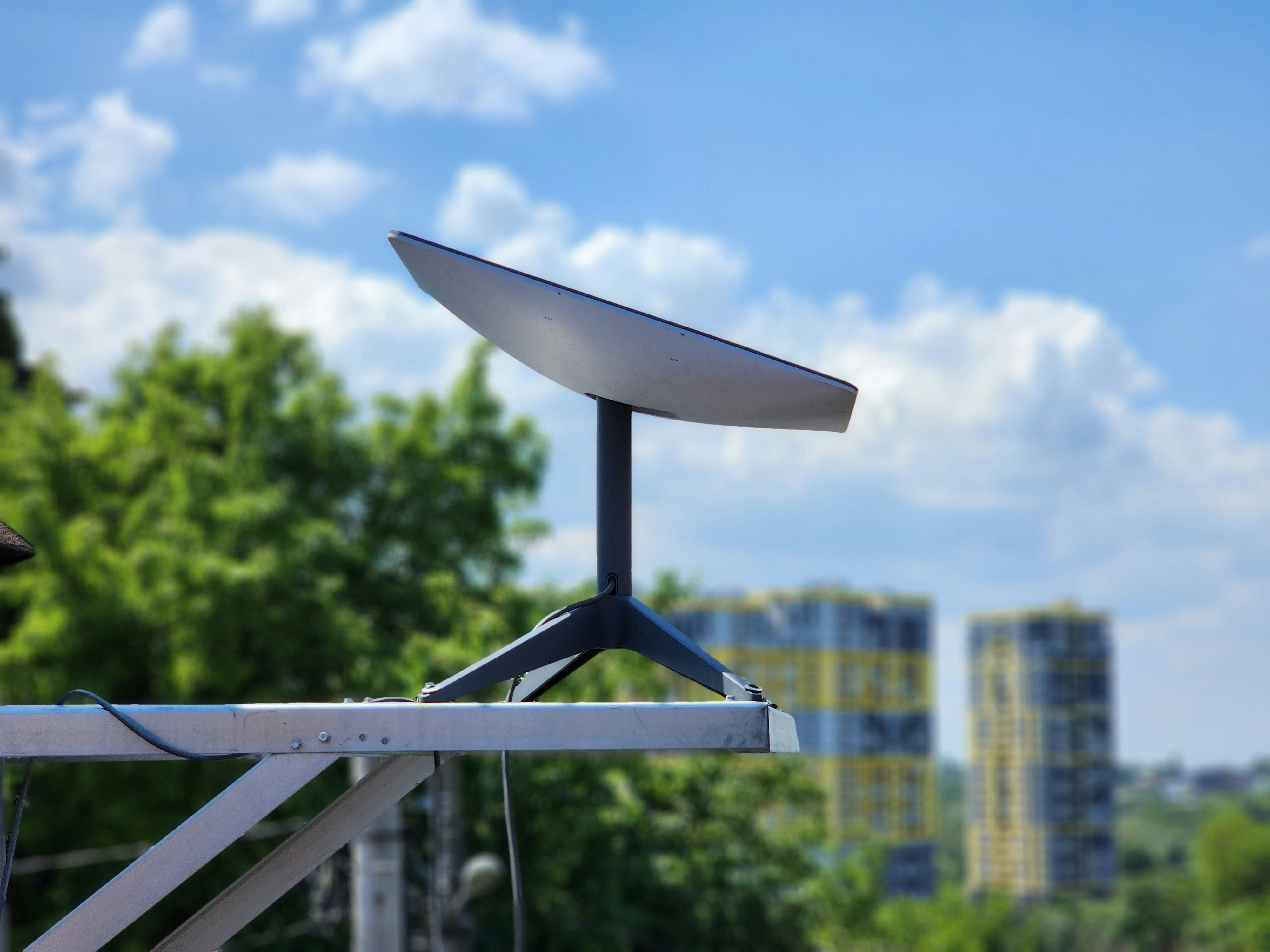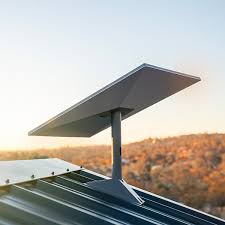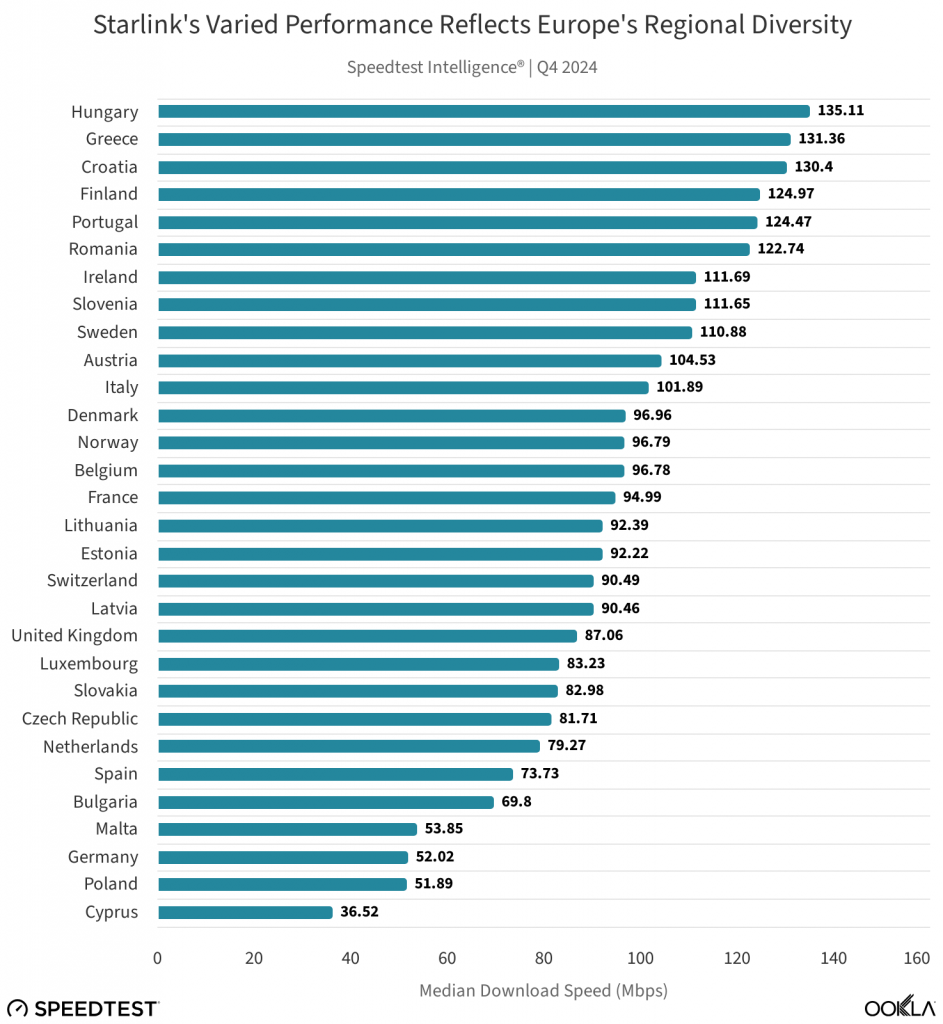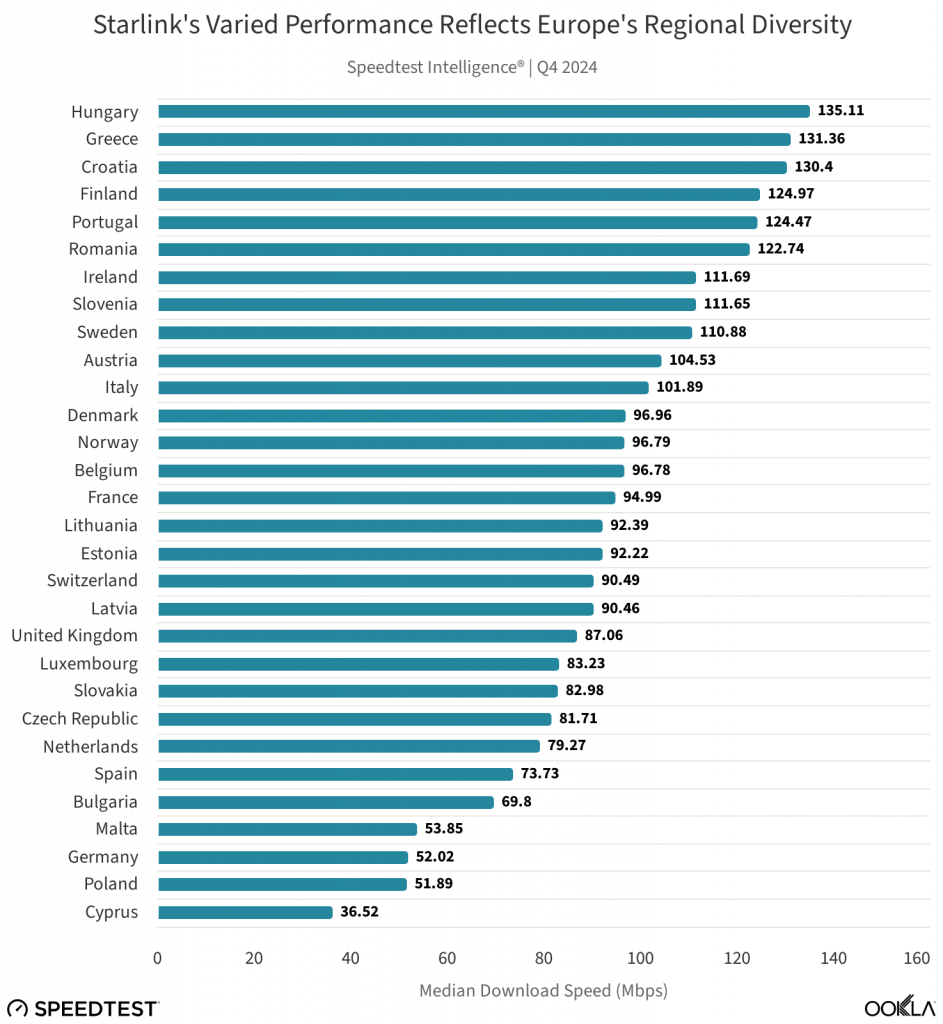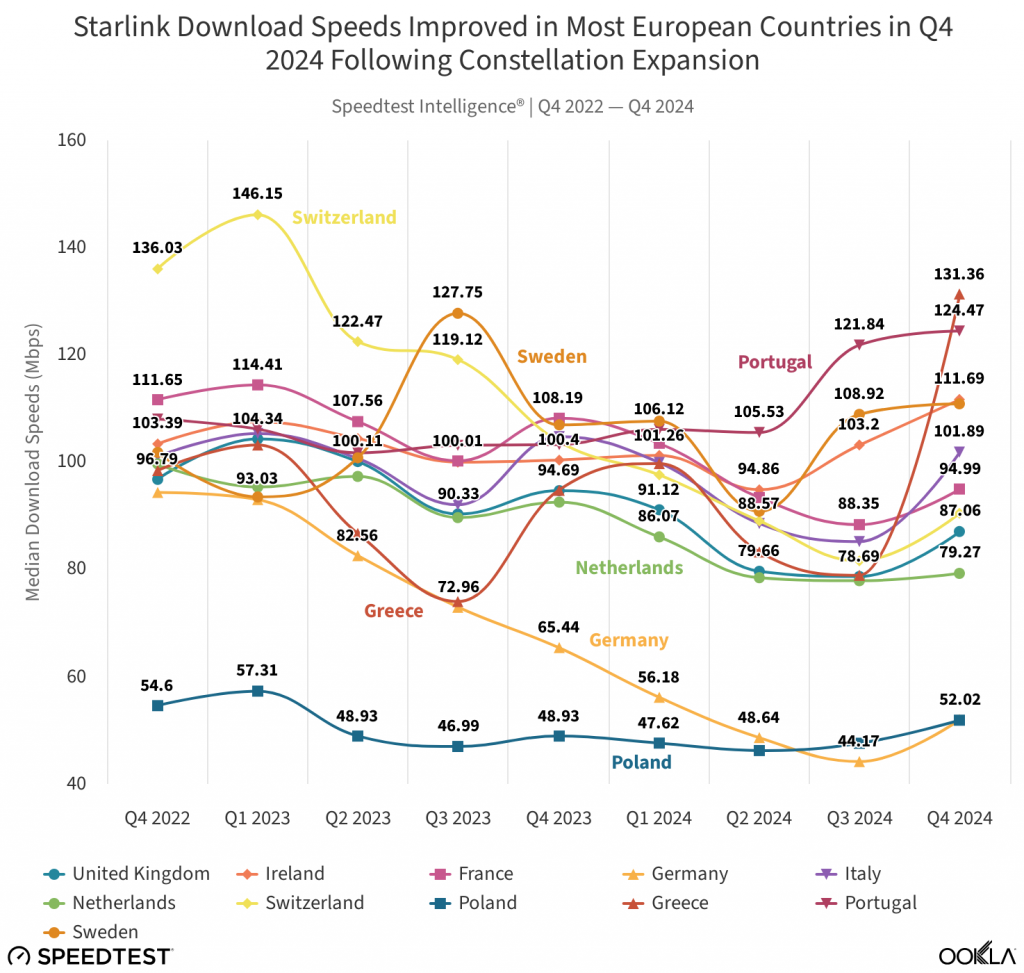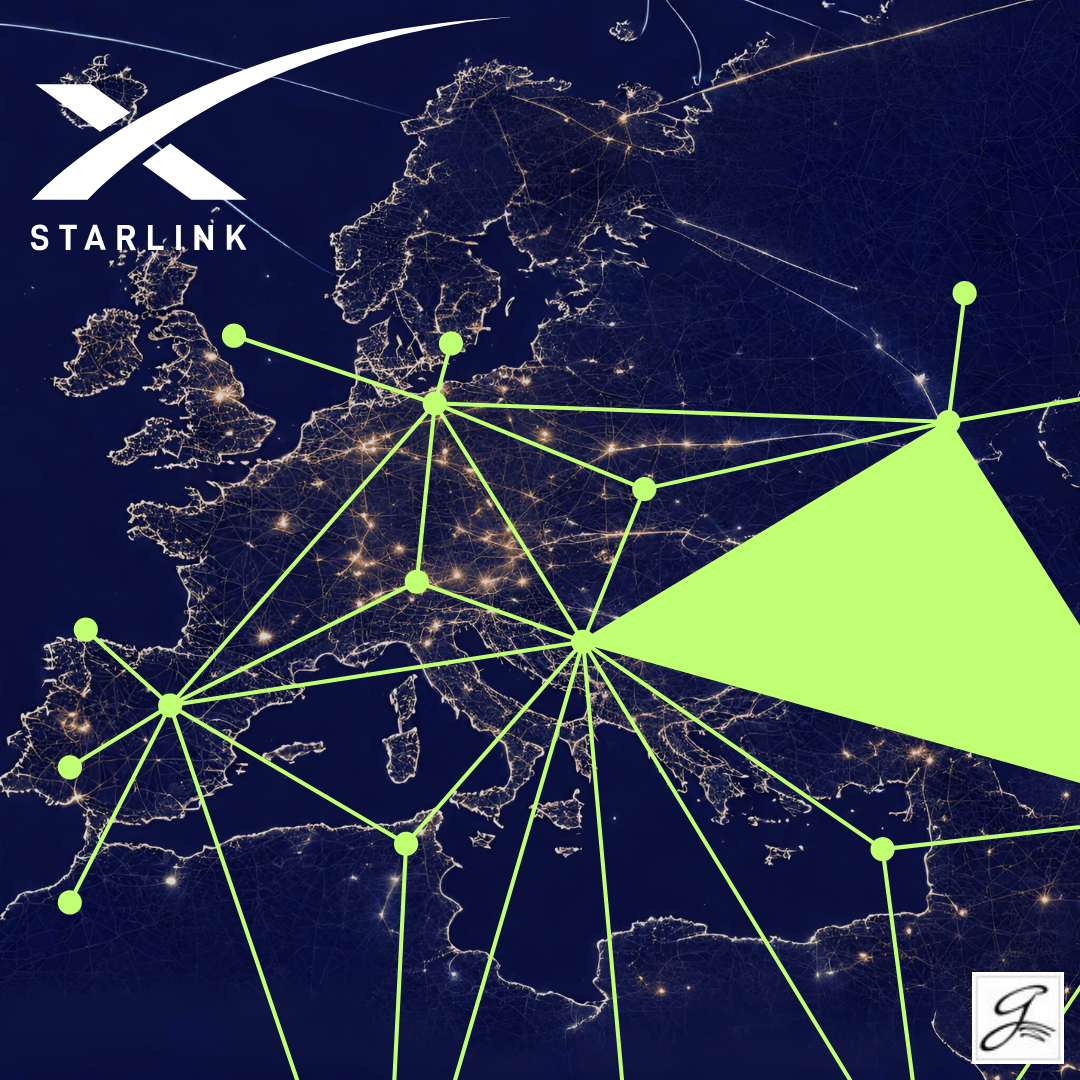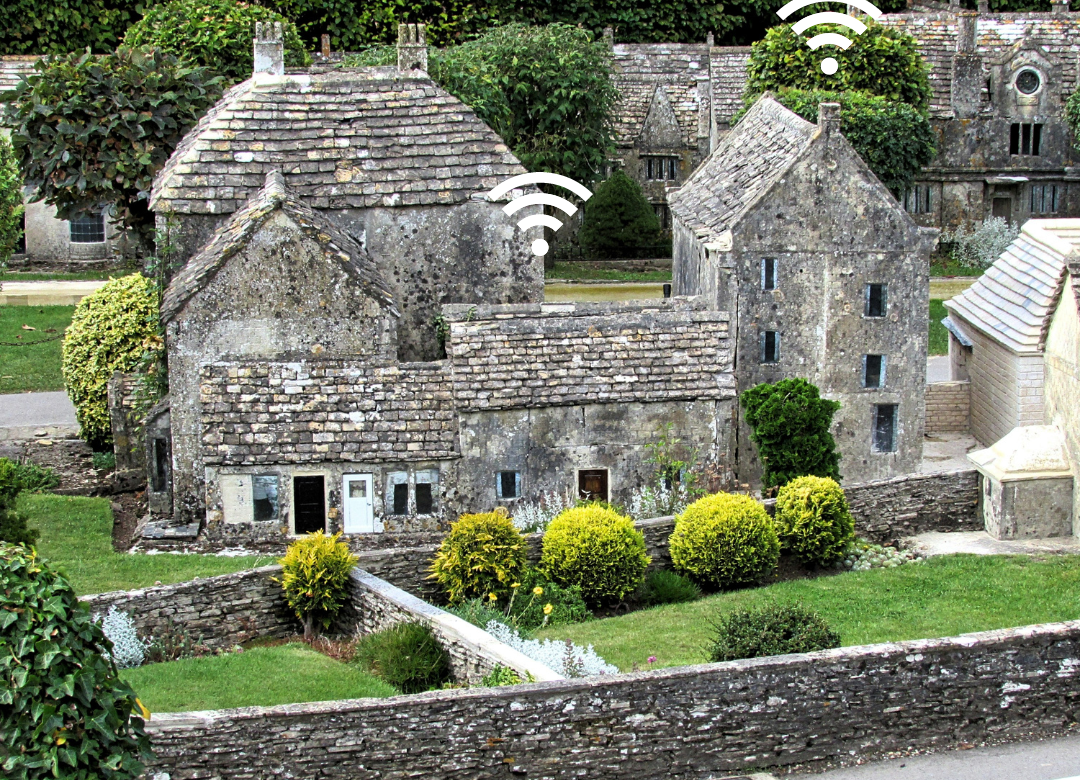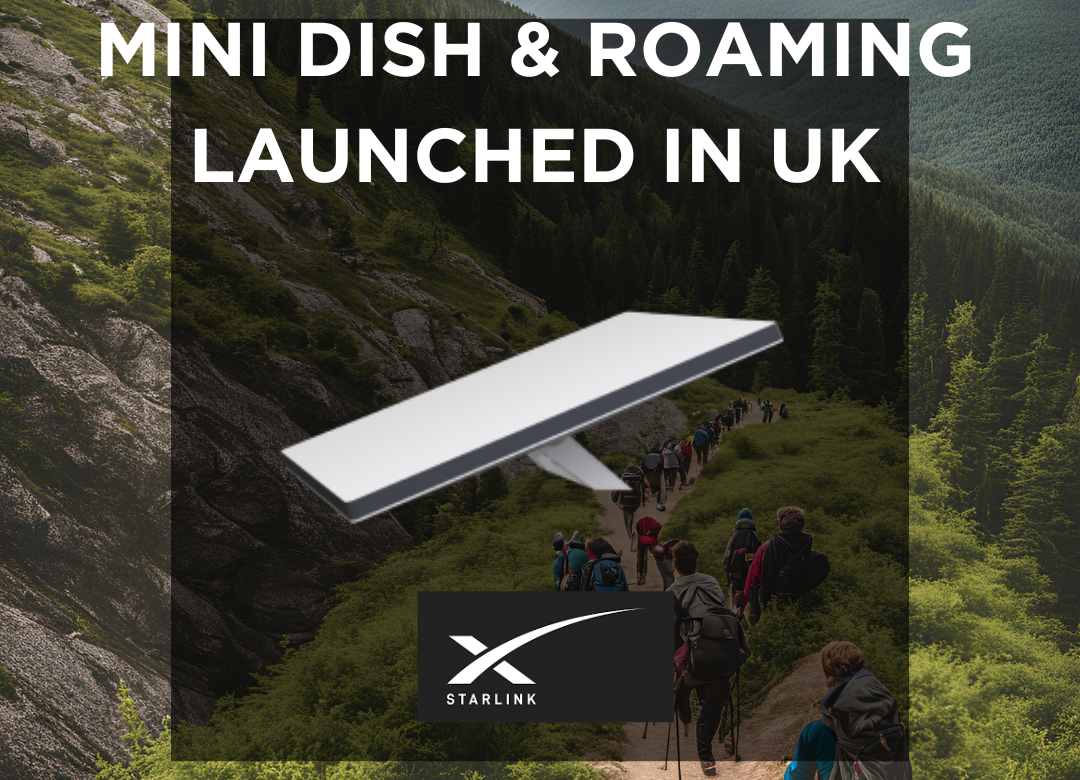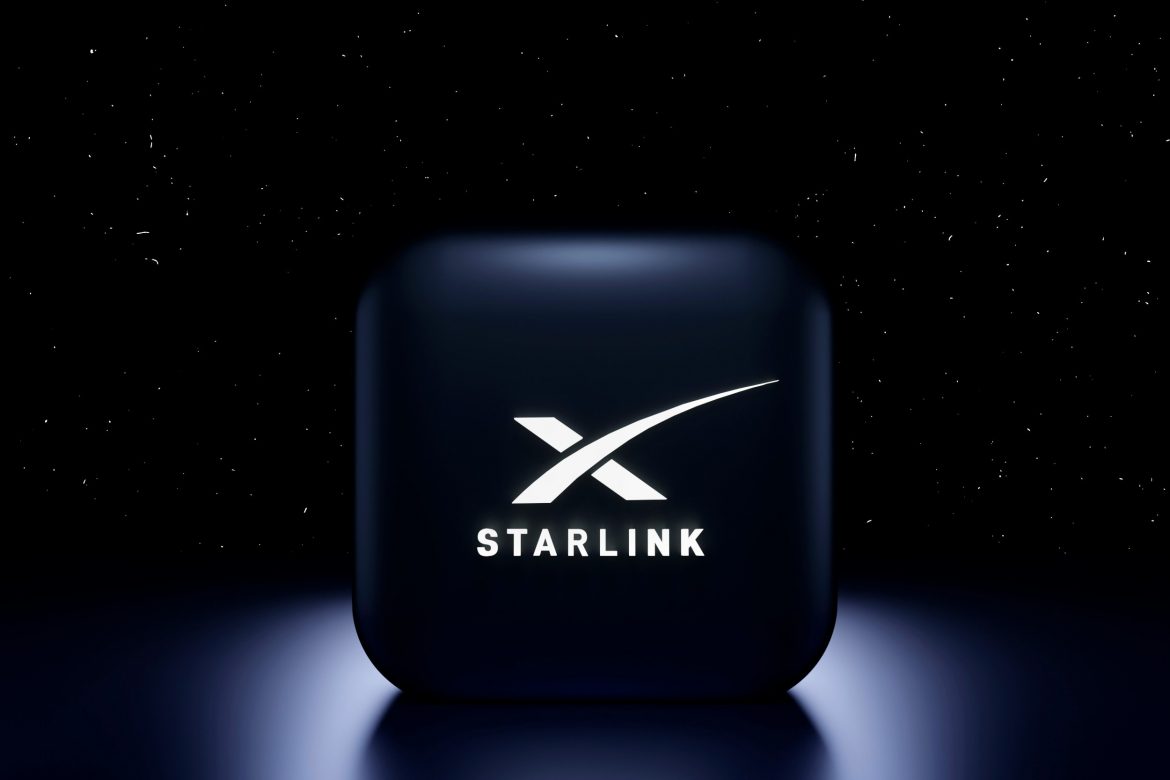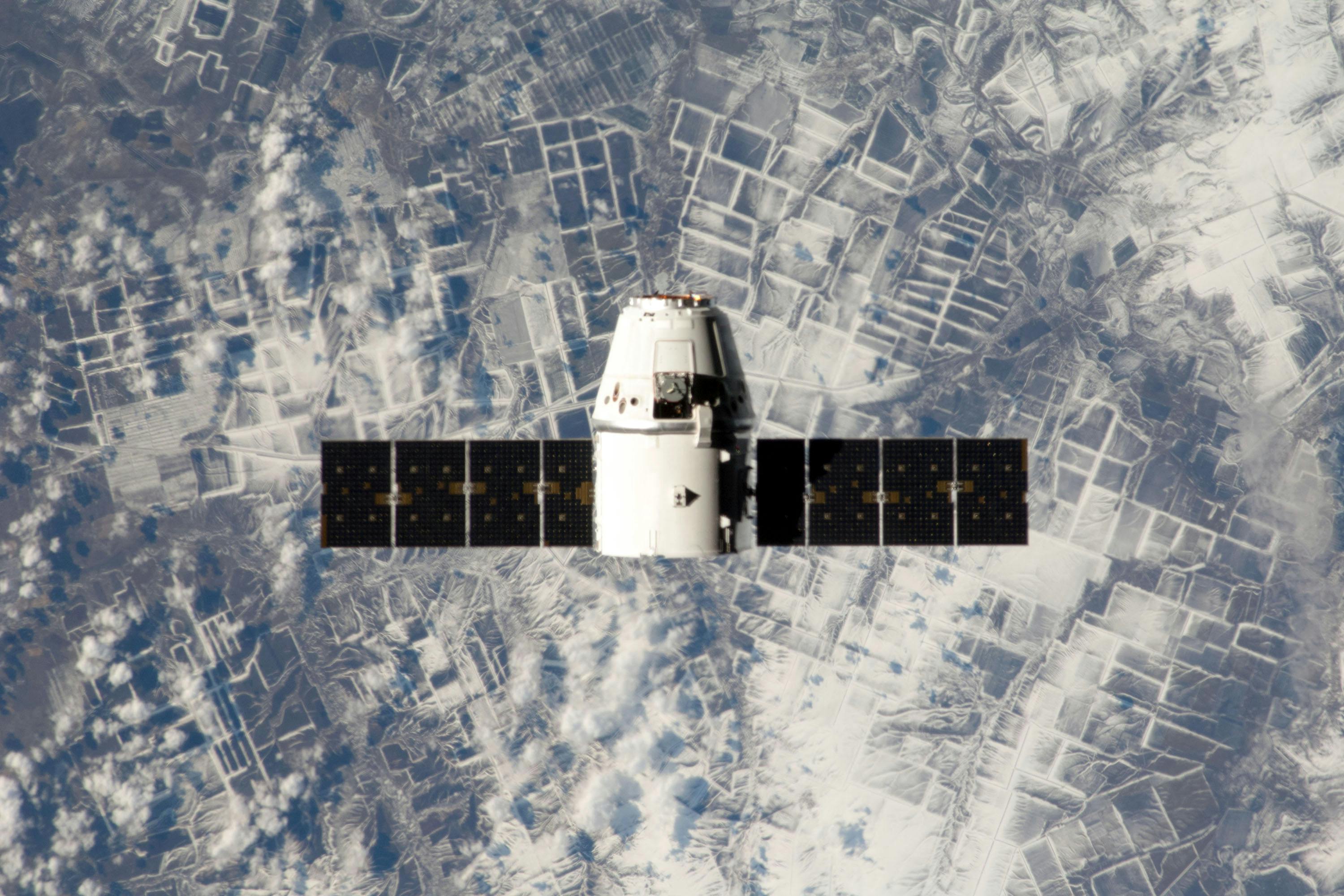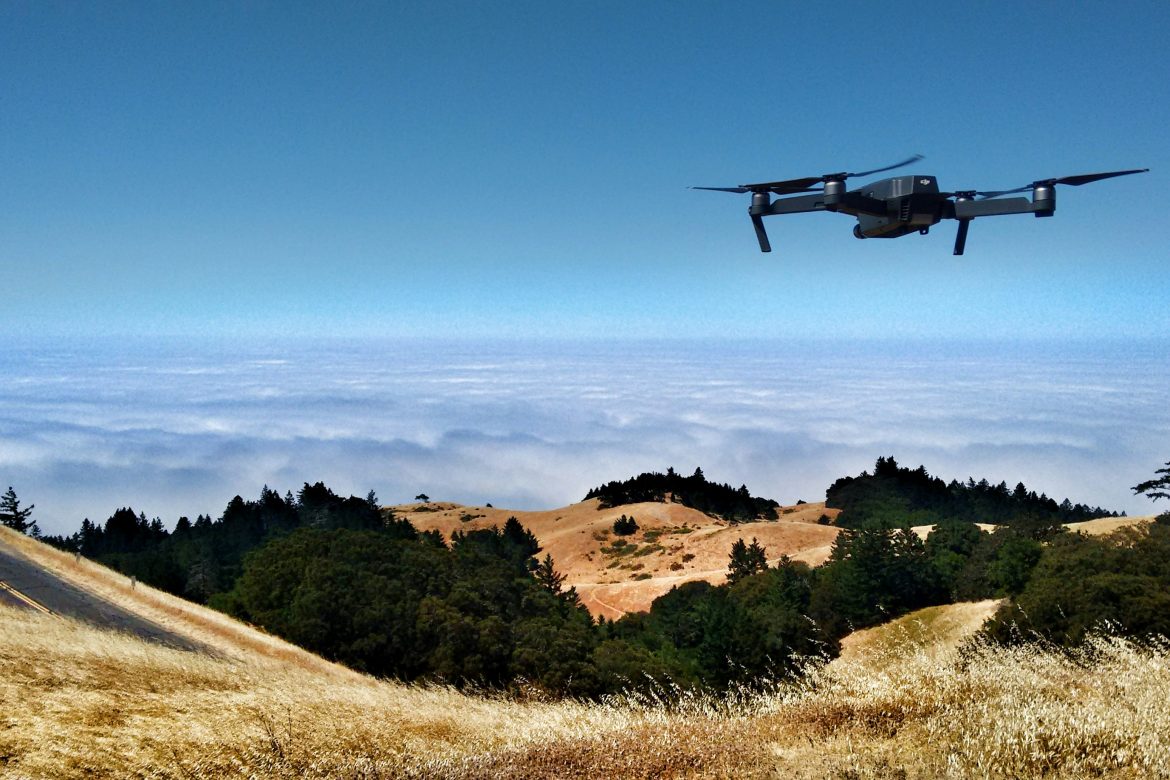Are you a current customer of SpaceX’s Starlink’s Satellite Broadband service? The company offers ultrafast broadband speeds via its mega constellation of Low Earth Orbit satellites. It would appear that for existing UK customers, a new super cheap roaming plan has just been quietly added to its list of services. At just £8 per month, it’s certainly caught our attention.
Here’s a quick low down on Starlink Satellite Broadband
If you don’t know much about Starlink, here are some quick-look facts to get you up to speed with this service from SpaceX and their low earth orbit satellite broadband service:
- Starlink consists of almost 7000 LEO satellites
- Around 2,800 of these are v2 Mini / GEN 2A satellites
- They orbit earth at an altitude between 500 and 600 km
- By the end of 2027 they plan to have added thousands more to their constellation
- UK customers typically pay £75+ per month for 30 days, plus £299 for hardware and £19 for postage (this is on the Standard unlimited data plan)
- This package promises Latency times of 25-60ms, downloads of 25-100 Mbps and uploads of 5-10 Mbps
- At the end of last year, Starlink had a global customer network of 4.6 million people (which had risen by 2.3 million from 2023). At the end of 2024, 87,000 of those customers were based in the UK (which had more than doubled from 2023 at 42,000). The majority of these UK customers can be found in rural areas.
What are the options when it comes to Roaming with Starlink satellite broadband?
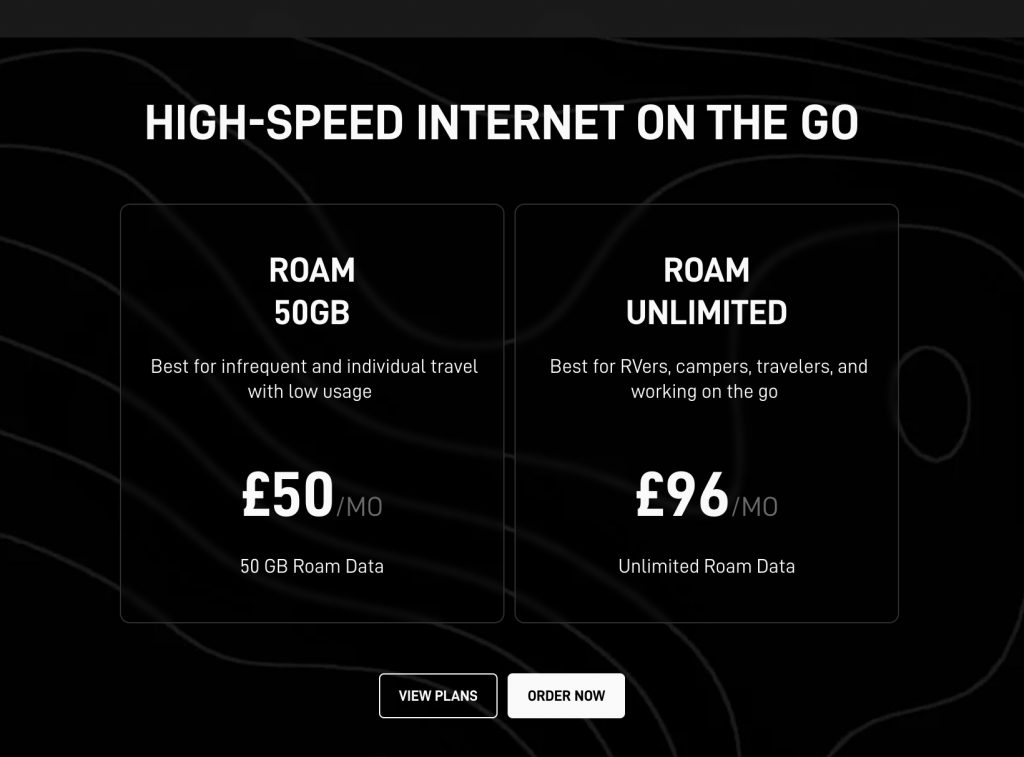
Starlink currently has 2 Roaming plans on offer for new customers. These are:
- ROAM 50GB – Best for infrequent and individual travel with low usage, for £50 per month
- ROAM Unlimited – Best for RVers, campers, travelers, and working on the go, for £96 per month
Don’t forget you also need to pay between £299 and £399 for the hardware, plus an additional £19 shipping fee).
The service performance on ROAM can be more variable than what you might get on a residential service, but it does support:
- Use in motion
- International travel
- The option to pause the service when not in use
New £8pm Roaming Plan for Existing Starlink Customers
Last week we heard whispers of a new £8 per month Roam service offering a 20GB usage allowance. Not the largest, however it would work well as a short-term back-up option.
Unfortunately, this new cheaper option only appears to be available to existing Starlink customers – It’s not showing online for new customers perusing the options on the Starlink website.
However if you are already an existing Starlink user, if you go to unpause an already paused service, it would seem you will be shown this new option for £8 per month. Exciting news for current customers! Especially when it comes to those who need a back-up option, those who live in rural areas, or are planning to travel.
What we would love to see next is this kind of tariff being offered on their Standard package for fixed locations. And, of course, we’d really like to see this £8 per month option become available to new Starlink customers too – Once they’ve purchased the hardware, of course. Watch this space!

